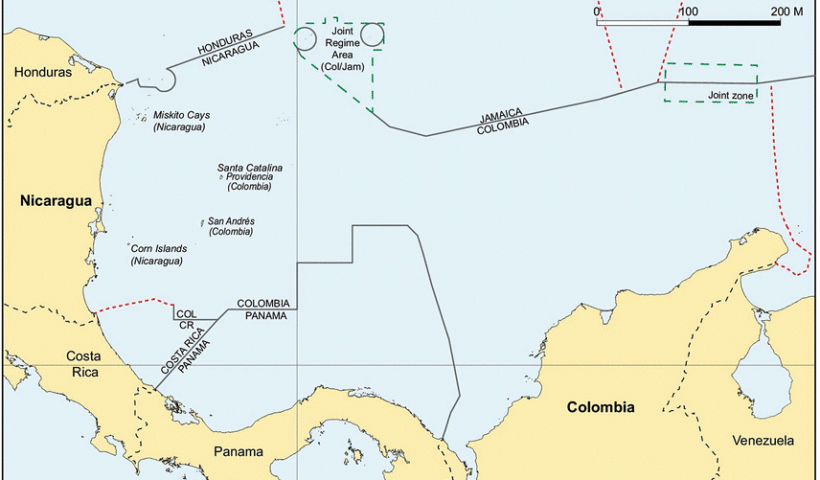Colombia has a long coastline and a vast maritime territory, making maritime security a priority for the country. Maritime security can be improved by adhering to international law of the seas, and co-operating with external organizations to strengthen its security. This article will discuss Colombia’s maritime security, the international law of the seas, the maritime security challenges that the country faces, the role of international law, co-operation and external assistance, and measures to strengthen maritime security.
View More Colombia and Maritime Security: International Law of the SeasColombia and Maritime Security: International Law of the Seas
IILSS 18th September 2023
Coastal Escapades: Embark on a Colombian Island AdventureColombiaColombia and Maritime Security: International Law of the SeasColombia continental shelf mapColombia EEZ mapColombia internal waters mapColombia maritime boundariesColombia territorial waters mapColombia–Jamaica Maritime BoundaryColombia's Maritime SecurityColombia’s territorial seaColombia’s territorial sea in SerranillaColombia’s territorial sea in Serranilla and Bajo NuevoDiscover Colombia's Secret Treasures: Island Hopping GuideExploring Colombian Isles: Unearthing Hidden GemsIsland Hopping in Colombia: Discover the Hidden Gems of 10 Coastal ParadisesIsland Hopping in Colombia: Unveiling Coastal ParadisesMaritime Security Challenges Facing ColombiaMeasures to Strengthen Maritime Security in colombiaNicaragua/Colombia case

